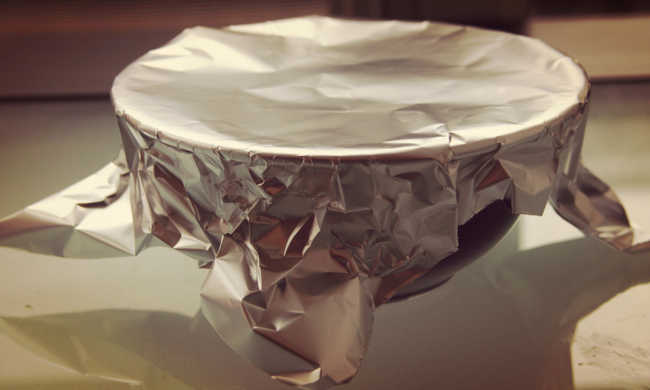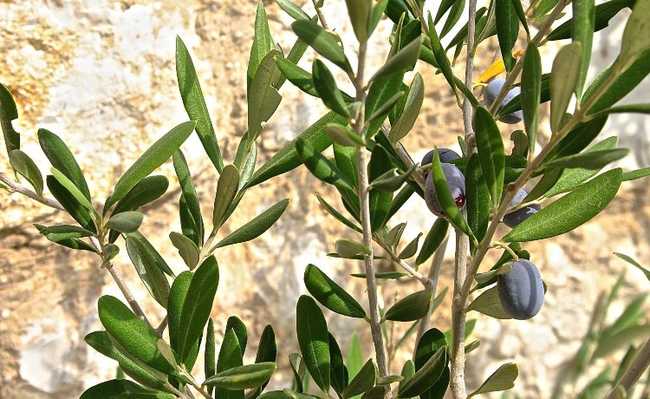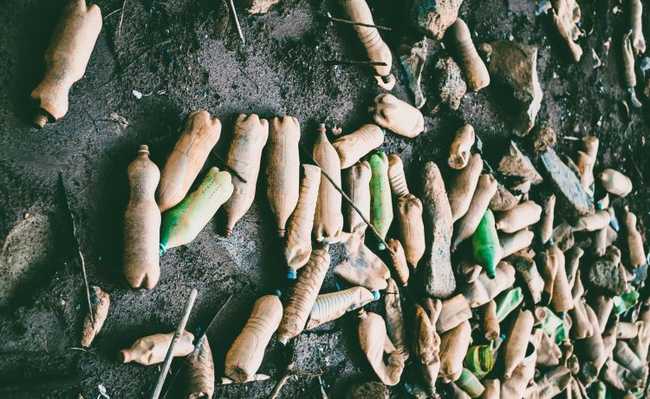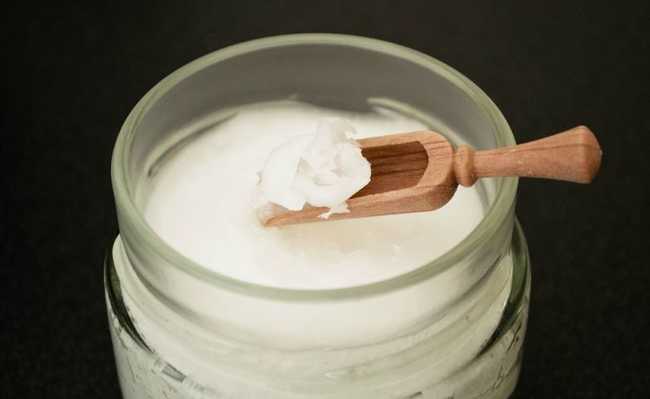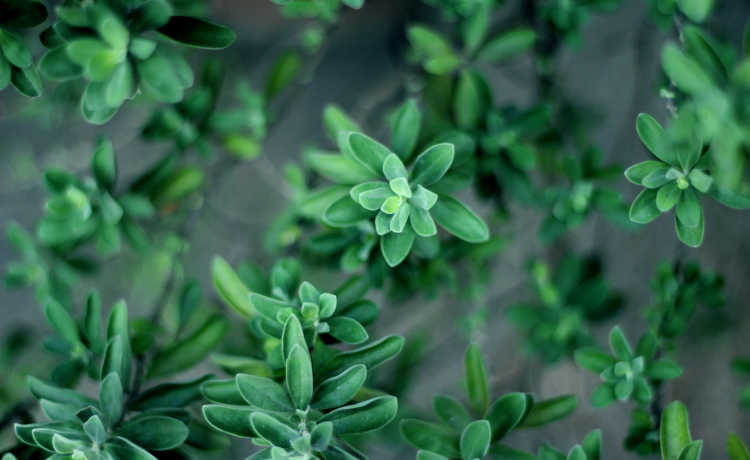Soil degradation: understand causes and alternatives
Soil has life and it is very important to preserve it from degradation. Understand

Oleg Mityukhin image on Pixabay
Soil is one of the essential natural elements for life on the planet, being a fundamental component of ecosystems and natural cycles, an excellent reservoir of water and nutrients, and a basic support for the agricultural system, in addition to serving as a habitat for countless species. For these reasons, and because it is also a limited and non-renewable resource, the concern around land degradation is growing.
- What is the trophobiosis theory
Soil degradation consists of everything that is related to its destruction. When degrading, the soil loses its production capacity, which even with large amounts of fertilizer is not recovered to become equal to non-degraded soil. This destruction can be caused by chemical factors (loss of nutrients, acidification, salinization), physical (loss of structure, decreased permeability) or biological (decrease in organic matter).
Deforestation and human action are two of the main factors that cause this series of negative consequences to the soil, because one of the important elements that influence the formation of the soil is the vegetation present in the area. It is responsible for nutrient circulation and soil protection, so when the area is cleared, the land is exposed, unprotected and more susceptible to soil degradation.
What causes soil degradation?
Soil degradation can be caused in many ways by many different phenomena, which may or may not occur naturally. Are they:
Erosion
It is a natural procedure, but it is intensified due to human action. It is characterized by the transformation and erosion of the soil due to the actions of external agents (rain, wind, ice, waves, sun) and it occurs because, normally, much of the rainwater hits the tree tops or the leaves of the vegetation first. from falling to the ground, working with a protective layer and decreasing the impact of water on the surface. With the destruction of natural vegetation, often for agricultural use, we lose this protection and the soil is exposed, resulting in erosion of the land surface and, consequently, in the loss of soil fertility. In addition to rainwater, tree tops also protect the soil from the heat of the sun and wind.
This phenomenon brings with it a series of other problems and environmental impacts, usually starting with the intensification of leaching, the surface washing process of mineral salts from the soil, which can cause the formation of gullies, large and extensive furrows (cracks), caused by rain intense. Silting is also a consequence of erosion, a process characterized by the accumulation of land transported by water that settles at the bottom of rivers, obstructing their flow, harming local fauna and contributing to their overflow, which causes the flooding of neighboring areas. There is also the risk of sliding the slopes of the hills, causing landslides and rocks, in addition to desertification, a process in which the soil begins to become increasingly sterile, losing its nutrients and the ability to give birth to any type of vegetation , as a result, he becomes arid and lifeless, making his survival very difficult.
salinization
It is also a phenomenon that occurs naturally in different areas of the Earth's surface, but which is intensified due to human actions, mainly due to the adoption of incorrect methods in agriculture. It is characterized by the accumulation of mineral salts in the soil, usually from rainwater, ocean water or those used for irrigation in agriculture.
The process occurs naturally, as the water has a certain amount of mineral salts that are deposited in the soil, all of which are very important for the same. The problem happens when the water evaporation rate is very high, that is, the water evaporates but the mineral salts do not, causing its excessive accumulation in the soil. This occurs very commonly in regions with an arid or semi-arid climate, as in addition to being very high evaporation, the occurrence of rain, which would have the function of “washing” the soils and reducing the concentration of salts, is lower.
Salinization is mainly caused by the adoption of incorrect irrigation methods in agricultural practices, and other possible causes are the sharp rise in the water table, causing a greater concentration of water on the soil surface and the evaporation of accumulated salt or brackish water from the seas. , lakes and oceans, such as the Dead Sea and the Aral Sea, where the climate is dry and the evaporation of salt water is very intense, leading to the accumulation of salts on the surface, which, when in contact with the soil, consequently causes the salinization.
Compression
It is once again a process arising from human actions. It is characterized by the increased density of the soil, the reduction of its porosity and, consequently, of its permeability, which occurs when it is subjected to great friction or continuous pressure. This happens, for example, due to the traffic of tractors and heavy agricultural machinery, the trampling of cattle on the field or the handling of the soil in inadequate moisture conditions.
And this phenomenon causes the chemical, and especially the physical, characteristics of the most superficial layer of the soil to be altered due to pressure, causing a series of negative consequences to the soil, negatively influencing root growth, causing the plant to have problems in its development. It also reduces the movement of water through the soil, gas exchange, limits the movement of nutrients, decreases the rate of water infiltration and can increase the occurrence of erosion.
chemical contamination
Soil contamination by chemical agents is another of the main environmental problems of our time, it is also caused by the interference of human beings in nature and results in the unproductiveness and infertility of the soil, in addition to the probable loss of local fauna.
In addition to contamination through the indiscriminate use of pesticides, fertilizers and pesticides in agriculture, we can also cite as forms of contamination the incorrect disposal of industrial waste and electronic waste, the presence of dumps, burning, used as a form of deforestation for agriculture and, although few cases have occurred, accidents involving radioactive elements.
- Ask your questions about e-waste recycling
In addition to making soils unproductive and affecting the quality of life of the population that lives on them, this type of contamination can affect the water table, the vegetation of a given location and even the fauna, harming the functioning of ecosystems.
Alternatives
So that soil degradation does not occur or at least to contain and alleviate it, there are some preservation and conservation techniques, they are:
Reforestation and green manure
Green manure is the cultivation of plants that will later be incorporated into the soil through decomposition, such as legumes, enriching them with the minerals that cultivated plants need for their development, and reforestation is the planting of trees and plants in places that they had previously suffered deforestation.
Such practices bring several benefits: they filter sediments, protect riverbanks, increase soil porosity due to the presence of deep and voluminous roots, reduce surface runoff of water through the soil, allow the creation of refuges for fauna, favor the natural soil fertility, which is rich in nutrients, and also protects it from the harmful action of physical agents, especially water.
Crop rotation
The crop rotation system consists of annually altering the plant species planted in the same agricultural area. Plants with different roots and nutritional requirements should be chosen. There are many advantages of crop rotation: it provides diversified food production, improves the physical, chemical and biological characteristics of the soil, helps control weeds, diseases and pests, replenishes soil organic matter, protects the soil from action of physical weathering agents.
Contours
They are rows of plants arranged at the same height, in the direction of the water flow. Tied planting creates obstacles to the descent of runoff water, which slows down the drag of soil particles and increases water infiltration into the land.
In addition to these conservation techniques, we also need to be aware of and use the land according to its natural aptitudes, aiming at proper management and soil conservation. The population in general is unaware of the importance of the soil, which contributes to expanding processes that lead to its alteration and degradation. The knowledge and rational use of the soil is a plan to exploit the land without eroding the wealth of its resources and reducing its productivity.

